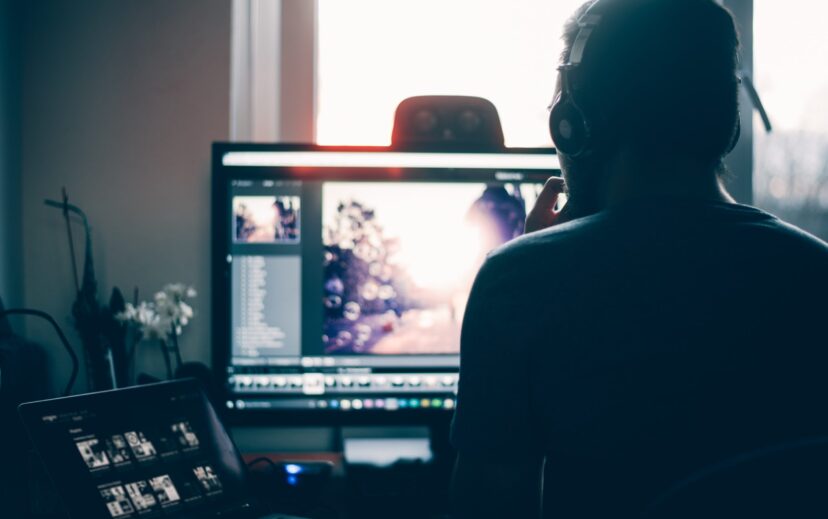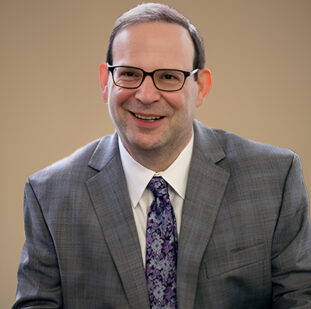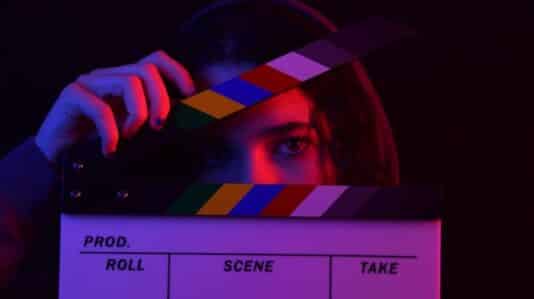Updated: October 5, 2022
Are you creating a video, movie, commercial or video game? Have you ever wondered how to legally include music in your work? To avoid stealing or violating a musician’s copyright, you should obtain a license.
There are two copyrights in a song: (1) the master (or sound recording), and (2) the composition (underlying music and lyrics). It may be helpful to think of the master as related to recording artists, and the composition as associated with songwriters and composers. In order to include a song in your audiovisual work, you must “clear” (or obtain) both rights through what is known as a “master use license” for the recording, and a “synchronization license” for the song. Oftentimes, the “master use license” is also referred to as a “sync license,” as well. Both licenses typically involve paying each of the copyright owners a negotiated fee.
Clearing the Master
A “master use license” gives you the right to use a specific recording of a song. If you are trying to use a song by an artist signed to a record label – whether a major or an independent – it is likely that the record label controls the rights to the master. In that case, the licensing department at the artist’s record label may be the best place to start. If the label doesn’t have a licensing department, you can contact the label’s legal or business affairs department.
However, if the artist is not signed to a label, it is likely that the artist owns the rights to the master. The best person to contact would then either be the artist or the artist’s manager. If the cost to license the original recording is too expensive, purchasing the right to use a cover by another artist can be a cheaper alternative.
Clearing the Composition
A “synchronization license” gives you the right to use the underlying music and lyrics of a song in your audiovisual project. This license must be obtained from the owner of the composition of the music, which usually consists of one or more music publishers. Nearly all songwriters have either assigned the ownership or the licensing rights (administration rights) to a music publisher.
To find the publishers of a particular song, check with a performing rights organization (“PRO”). PROs are large companies that collect public performance royalties for songwriters and maintain online public databases that provide information about individual songwriters, publishers and performers of a particular song. You can begin your search at the databases of the three largest PROs: ASCAP, BMI and SESAC. The two largest PROs, ASCAP and BMI, have created the “Songview” database, which combines the ASCAP and BMI databases. Songview can be accessed through either the ASCAP or BMI website. As with labels, you’ll want to send your request to the licensing department. Larger music publishers will have dedicated sync licensing departments. I f there’s no licensing department, contact business or legal affairs.
Let’s say you would like to license the use of Panic! At The Disco’s song, “High Hopes.” First, look up the artist’s record label to find who owns the master. With a quick Google search, you’ll discover that it’s currently Elektra, a subsidiary of Warner Music Group. Next, search the PRO databases to locate the publishing company that controls the composition rights. After searching through ASCAP’s database, you’ll see that there are several publishers of the song, including A Song Can Be About Anything Music, Girls Raised By Wolves and Hipgnosis Notes. After you’ve found all the owners of the rights to the song, you can negotiate the licenses to legally use the music.
Getting Your Licenses
To start the negotiation process, send the rights owners a request. Generally, this includes (i) a synopsis of your project, (ii) detailed information on how the song will be used and (iii) where your work will be shown.
License fees are determined by a number of factors, including (a) the nature of the project (e.g., feature film, documentary film, TV episode, videogame); (b) how the song will be used (e.g., opening title credits, featured vocal, background instrumental); (c) the number of times it will be played and the duration of each use; (d) the territory requested (e.g., regional, worldwide, U.S. only); (e) the duration of the license (e.g., perpetuity, 5 years) and (f) where or how your project will be made available (e.g., theatrical release, broadcast and cable, streaming services). Students working on films for educational purposes can often negotiate reduced fees. The same goes for independent filmmakers planning to show their films at film festivals. Keep in mind that it’s often the case that the fee for the master will be the same as the fee for the composition (in other words, if the price to use the original recording is $1,500, the cost to use the underlying music and lyrics will likely also be $1,500). And if you choose to create a new recording for your project, you only need permission from the music publishers.
Contact an Attorney Today
Music clearance can be quite expensive and potentially complicated. You may want to find an experienced lawyer to walk you through the process of requesting music rights, negotiating license terms and advising you on your specific project.





